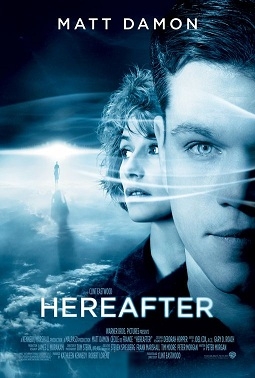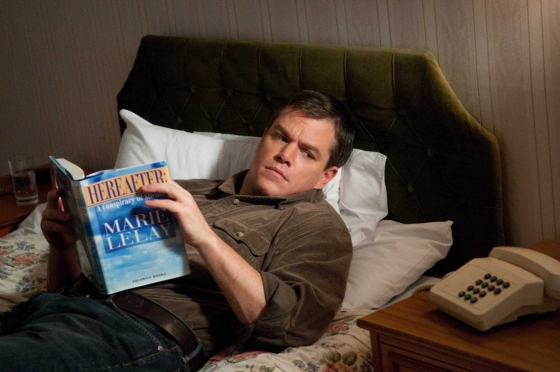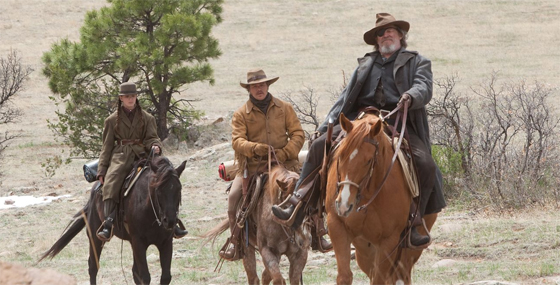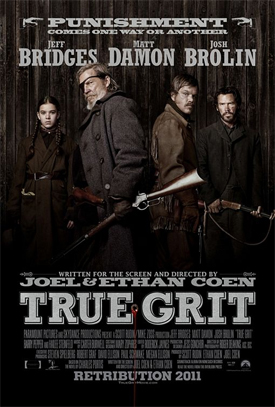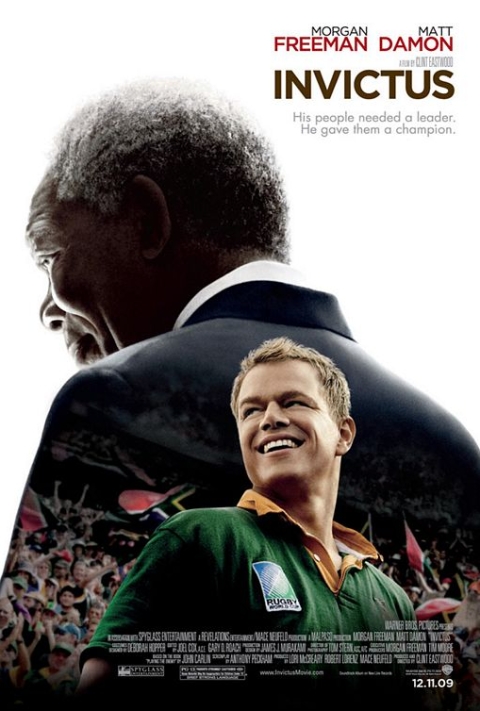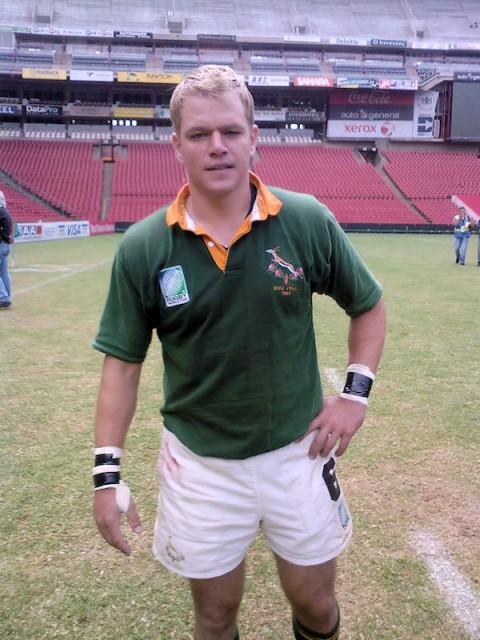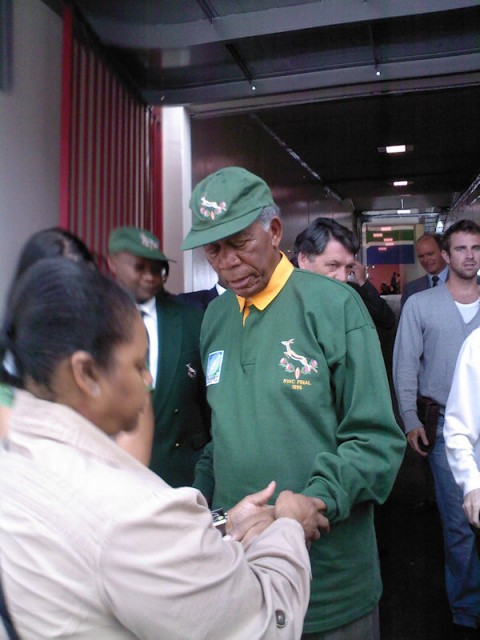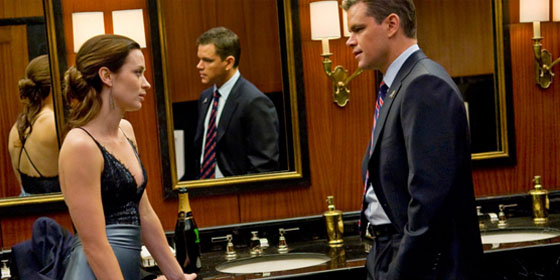
An uneven hybrid of drama, romance and sci-fi turns out to be a good deal less than the sum of its parts.
Loosely based on a Philip K. Dick short story called ‘Adjustment Team‘, it involves the chance meeting of a New York politician, David Norris (Matt Damon) and a dancer named Elise (Emily Blunt) as they deal with various mysterious men who have an interest in keeping them apart.
As the film develops we gradually learn more about these shadowy figures, which include Anthony Mackie, John Slattery and Terence Stamp, why they wear Trilby hats and how they mysteriously appear at random.
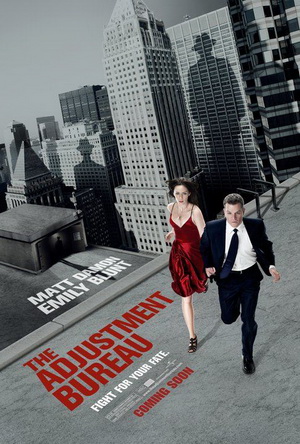 To say more them would venture too far into spoiler territory but parts of it cover similar ground to Eternal Sunshine of the Spotless Mind (2004), Dark City (1998) and Wings of Desire (1987).
To say more them would venture too far into spoiler territory but parts of it cover similar ground to Eternal Sunshine of the Spotless Mind (2004), Dark City (1998) and Wings of Desire (1987).
Written and directed by George Nolfi (better known until now as the screenwriter of Ocean’s Twelve) it has an intriguing setup that quickly morphs into a bizarre science-fiction romance.
Despite its problems, there are certain elements which resonate: Damon is highly convincing as an aspiring politician, with scenes of him on the campaign trail featuring expertly woven in cameos from the likes of Mayor Bloomberg, Jon Stewart and James Carville, whilst Blunt makes for a charming romantic foil.
Contemporary New York is also shot in a distinctive way with several real life locations effectively blended into Kevin Thompson’s production design, even though they opted for a drab, wintry feel.
It also deals with some intriguing themes such as fate and the role of chance in our lives and Thomas Newman has a typically polished score with his trademark hanging strings and tasteful electronic flourishes.
Unfortunately the overall film is undermined by a shaky approach to the subject matter as it seems Nolfi was unsure as to what kind of story he was trying to tell.
By playing around with so many different genres, it ends up with an unsatisfactory mix of them: the thrills aren’t exciting enough, the romance is underdeveloped and ultimately the story just doesn’t engage as it should.
The men in suits seem to personify the film’s problems. Crucial to the narrative, they are never satisfactorily explained and their funny hats and flashing notebooks come across as unintentionally funny.
Furthermore, actors who play these mysterious agents, such as John Slattery, Anthony Mackie and Terence Stamp are wasted in one-note roles with lame, expository dialogue. Slattery in particular is a mere clone of his character in Mad Men.
The central concept is also never fully realised on screen. Mostly Nolfi and DP John Toll have gone for a naturalistic look but – apart from some slick use of green screen near the end – there aren’t enough compelling visual ideas, compared to films exploring similar territory like Inception (2010) or The Matrix (1999).
Much of the action is explained away as soon as it happens and the climax to which it builds is underwhelming, to say the least. You know there is a major problem when a key scene feels like a cheap copy from Monster’s Inc (2001).
To be fair, the film deserves credit for trying something different from the usual Hollywood formula (it was funded independently by Media Rights Capital and only distributed by Universal) but Dick’s provocative ideas have been lost in this underwhelming adaptation.
The Adjustment Bureau opens in the UK and the US on Friday 4th March
> Official site
> Reviews of The Adjustment Bureau at Metacritic and MUBi
> More on the Philip K Dick story at Wikipedia
